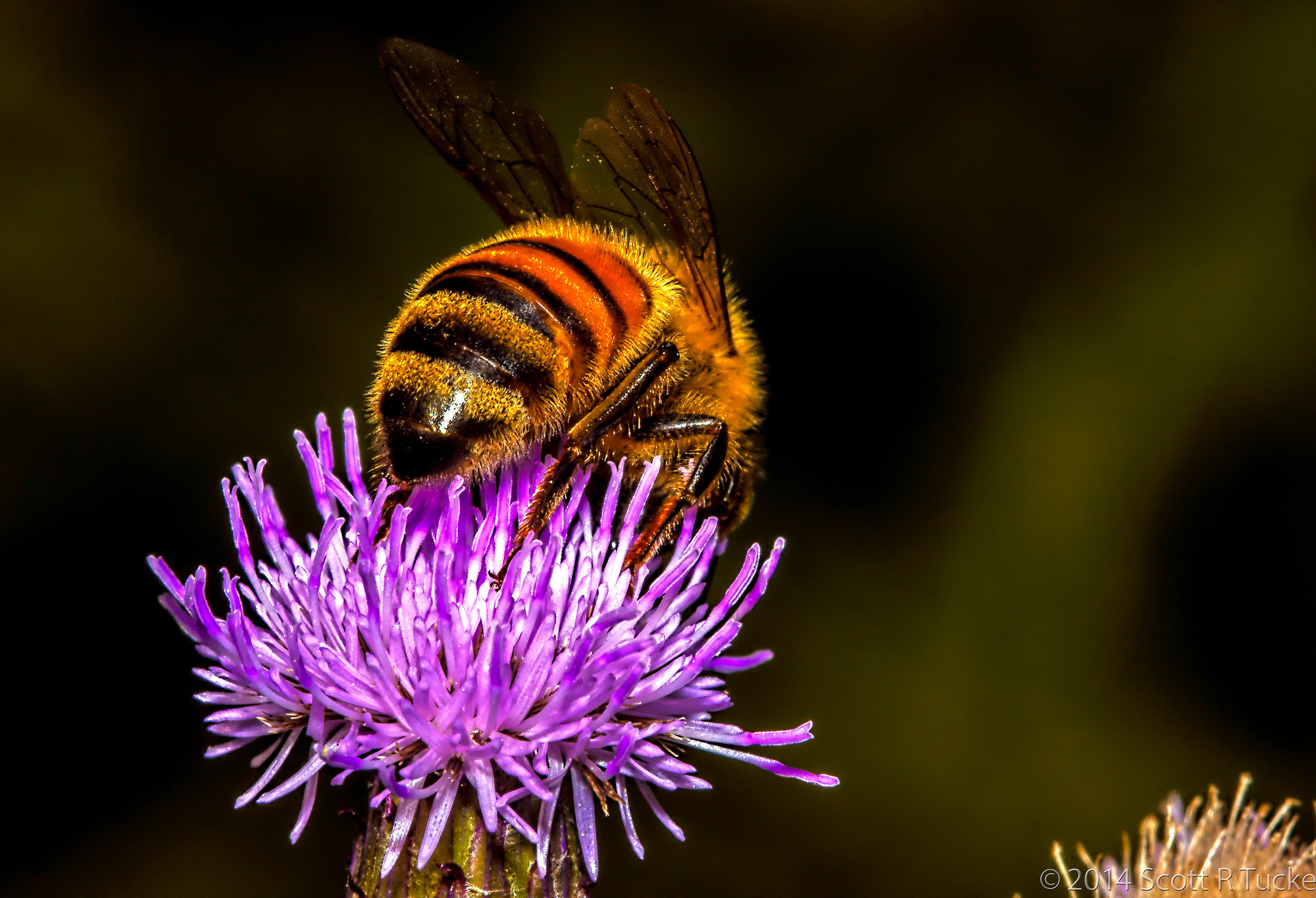Honeybees signal a worrisome trend in plant-pollinator relationships.
BACKYARD BEEKEEPER and NASA biological oceanographer Wayne Esaias admired the time series he made of his honeybees’ nectar collection. He had been weighing his beehives daily for more than fifteen years to track how much nectar his bees were collecting from the flowers, tulip poplar trees, and black locust trees in his neighborhood in Maryland. “I plotted the data, out of curiosity,” he said, “And lo and behold, the ebb and flow of my bees’ nectar collection corresponded with climate events, like El Niños and La Niñas.” But as he looked more closely, he saw a curious trend. His bees were gathering nectar earlier in the spring than they did when he began keeping bees in 1992.
Esaias has spent much of his career at the NASA Goddard Space Flight Center studying the patterns and rhythms of microscopic plant growth in the world’s seas and oceans. He knew that on dry land, plants and bees had a delicate and interdependent rhythm of their own. The cycle starts in the spring, when days get warmer and longer. Bees emerge to collect nectar, pollinating flowers and aiding in plant reproduction in the process. As old bees die, queen bees lay as many eggs as they can to build up their colonies for next season. Everything relies on the bees and the flowers coming together when both are ready–when flowers brim with nectar and when hives buzz with enough healthy workers to collect food. When winter comes and days shorten and grow colder, honeybees stay in their hives and plants go dormant until spring arrives, and the cycle starts anew. “But as temperatures get warmer, winters get warmer,” Esaias said. “And when winters are warmer, spring comes earlier. This could cause the synchrony between the plants and pollinators to get out of kilter.”
Originally published in Sensing Our Planet: NASA Earth Science Research Features. Read the full story here.
Image courtesy Scott Tucker/Flickr.
